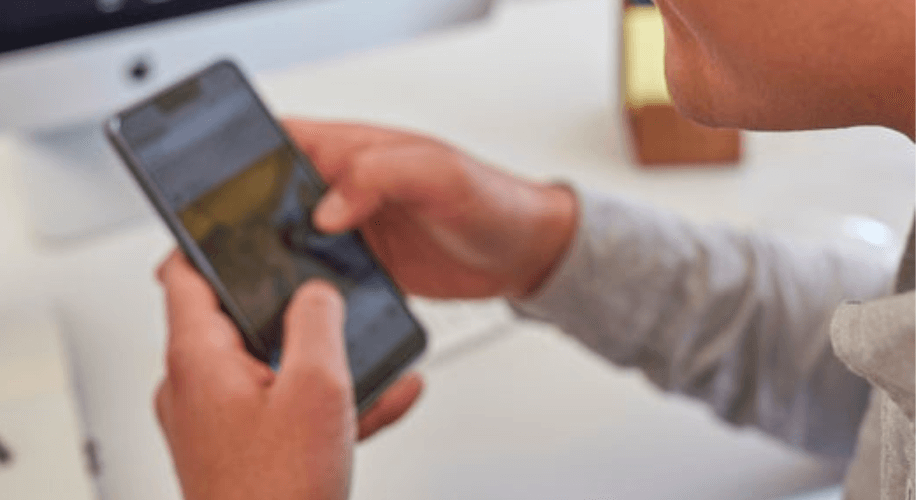Blue Light Glasses: A Guide to Optimal Usage Scenarios

In today’s digital age, we are constantly exposed to blue light from electronic devices such as smartphones, laptops, and tablets. This exposure can lead to eye strain, headaches, and disrupted sleep patterns. As a result, many people have turned to blue light glasses as a solution to this problem. But how often should you wear your blue light glasses and in what scenarios? In this article, we will explore the ideal usage scenarios for wearing blue light glasses.
Understanding the Different Types of Blue Light
Before we discuss the usage scenarios, it’s important to understand what blue light is and the different types of blue light. Blue light is a high-energy, short-wavelength light that is emitted from electronic devices and the sun. It is a natural part of the visible light spectrum and is responsible for giving the sky its blue color.
There are two types of blue light: natural blue light and artificial blue light. Natural blue light is emitted from the sun and is essential for regulating our sleep-wake cycle. Artificial blue light, on the other hand, is emitted from electronic devices and can have negative effects on our health.
When to Wear Blue Light Glasses
Blue light glasses are specifically designed to block blue light and reduce its potential negative effects on our eyes. Here are some scenarios in which it is recommended to wear your prescription blue light glasses:
1. During Prolonged Screen Time

If you spend a significant amount of time in front of screens, whether it’s for work or leisure activities, it is advisable to wear your blue light glasses. These glasses may help reduce eye strain, fatigue, and other symptoms associated with prolonged screen time.
2. Before Bedtime

Using electronic devices before bedtime can interfere with our sleep patterns due to the exposure to blue light. To minimize the impact on your sleep quality, it is recommended to wear blue light glasses in the evening, especially during the two hours leading up to bedtime.
3. Artificial Lighting

Artificial lighting, such as fluorescent lights and LED lights, also emit blue light. If you are working or spending time in environments with intense artificial lighting, wearing your blue light glasses may help reduce eye strain and minimize the negative effects of blue light exposure.
Prescription blue light glasses are an effective tool for protecting your eyes from potentially harmful effects of blue light. It is recommended to wear them during prolonged screen time, before bedtime and in environments with intense artificial lighting. By integrating blue light glasses into your daily routine in the appropriate scenarios, you may be able to reduce eye strain, headaches, and other negative effects of blue light exposure.
About the Author: Dr. Steven Lee
Dr. Steven Lee is a visionary leader in the eye care and telemedicine sectors and has built a remarkable career by combining his formal training in eye care, engineering expertise, and a passion for innovation. Dr. Lee serves as Zenni’s the Head of Optical Product.



 Canada
Canada